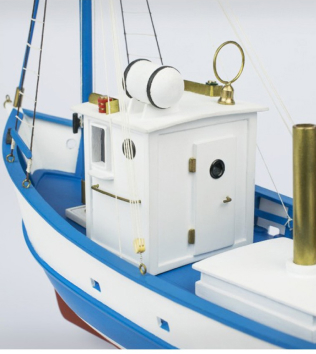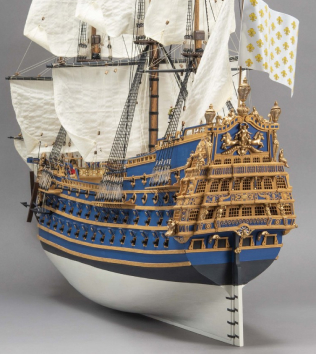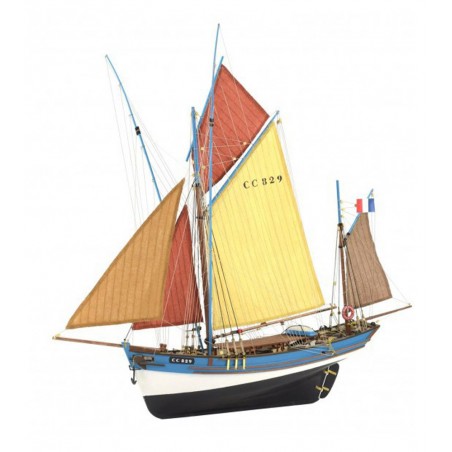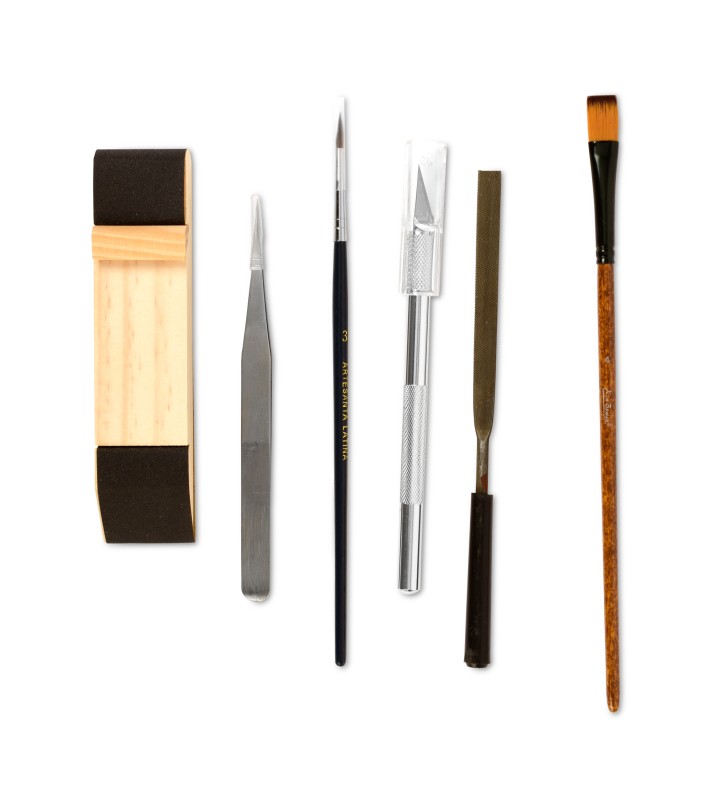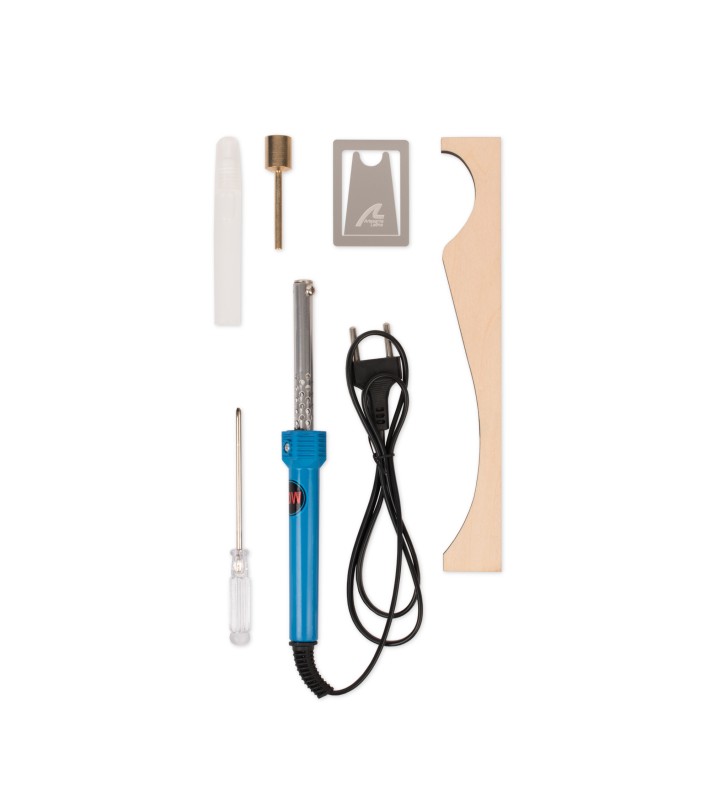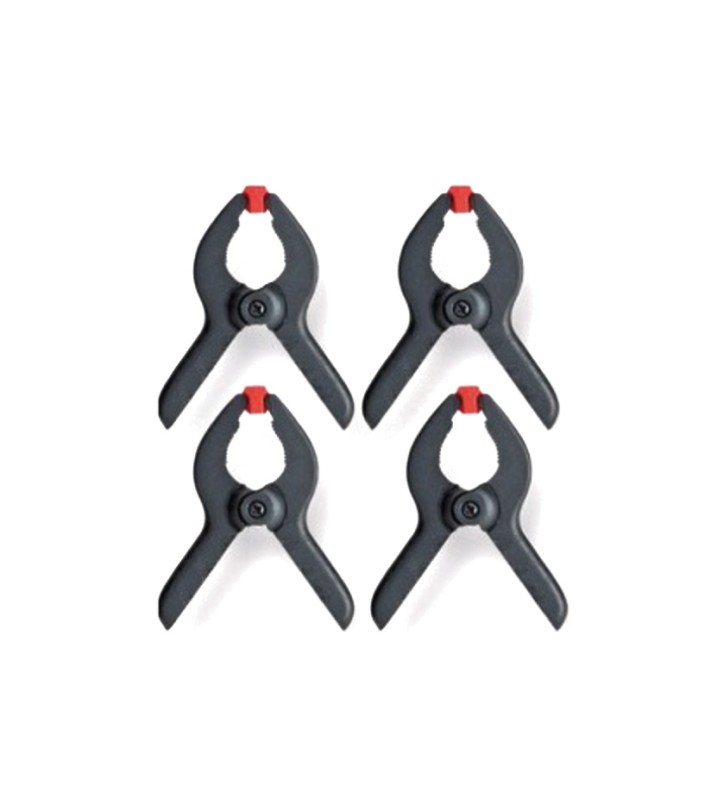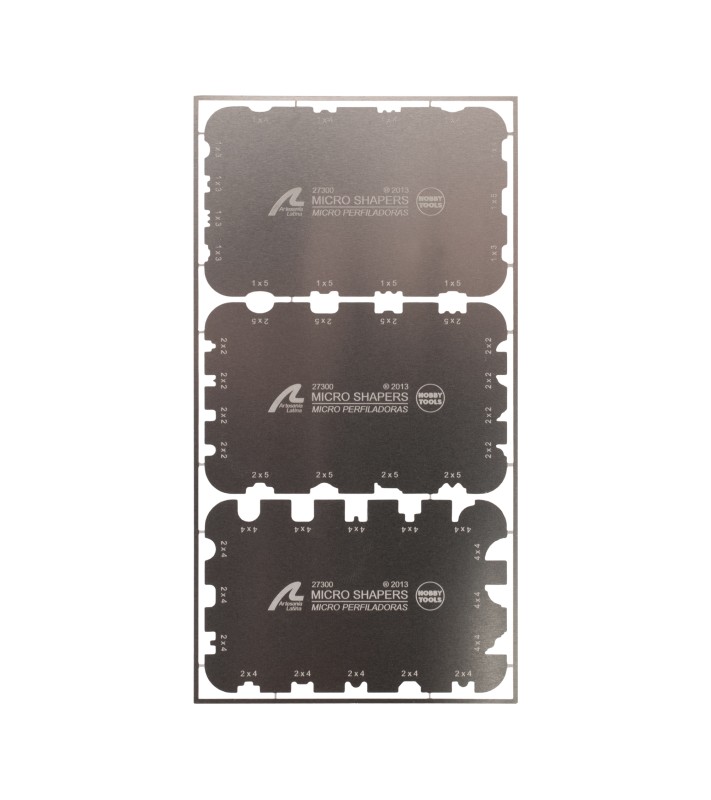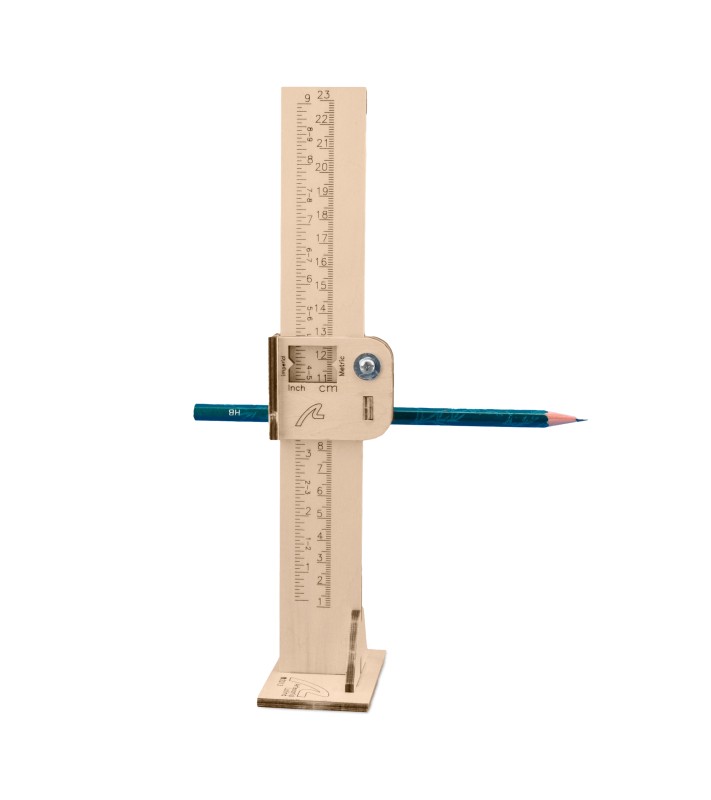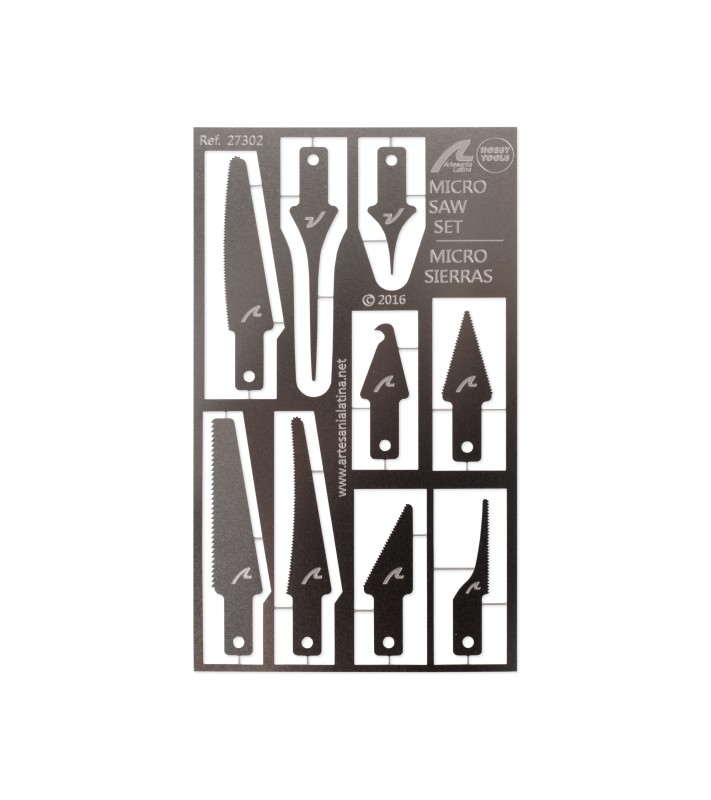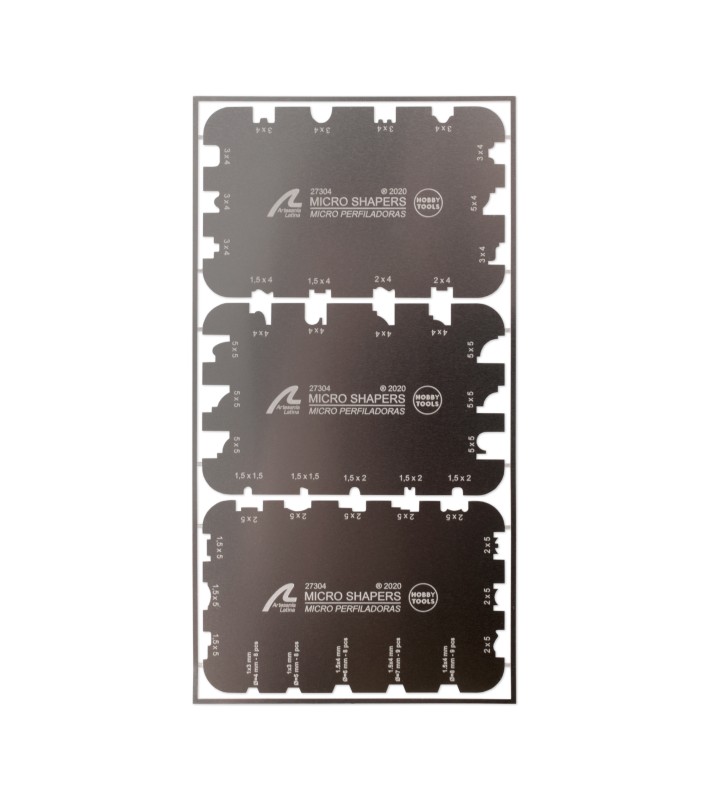
Tuna Boat Marie Jeanne. 1:50 Wooden Fishing Boat Model Kit
22175
£85.00
Rating:
(0)
Ship modeling kit of Marie Jeanne, French fishing boat, a beautiful wooden ship model at 1:50 scale. Building the new faithful replica of this tuna boat provides a friendlier and easier assembly experience for the intermediate level modeler. The model has improved high quality parts.
CONTENTS WOODEN MODEL SHIP KIT MARIE JEANNE FISHING BOAT
Build the redesigned 1:50 wooden scale model Marie Jeanne, the precious and traditional French tuna boat. This renewed wooden model ship kit is created for modellers who have an intermediate level of basic knowledge of tools and materials, as well as those who want first contact with rigging tasks.
The tuna boat model kit Marie Jeanne brings high-quality parts for its assembly, they fit perfectly: pre-cut board by high precision laser, hardwoods, photo-etched parts, brass and die-cast, plus hand-sewn cotton sails ready to be placed. As a bonus, this naval modelling kit includes a wooden exhibition base with a metal nameplate so that the faithful miniature replica is perfectly exposed once assembled.
The modeller can enjoy a much more enjoyable and easy assembly experience with this new scale model. Once assembled, the Marie Jeanne wooden model measures 22.24'' (565 mm) in length, 4.52'' (115 mm) in width and 19.48'' (495 mm) in height.
With full digital instructions: precise step-by-step images. Printed instructions are not available. Remember that you can download the digital instructions for free from this product sheet by clicking on the button called 'Instructions'. The kit box also includes a QR code that redirects you to the sheet by scanning it with your mobile phone.
Remember to paint your naval miniature with the Set of Paints for Marie Jeanne Fishing Boat Model, for sale separately! Now, you can also illuminate the exhibition base of the model with our LED Lighting Set for Models and DIY Projects (27590), not included in the ship model kit.
Now, you can also purchase the Marie Jeanne Gift Pack (22175L), which includes the model ship at 1:50 scale, the specific paints of the model to achieve the best finishes and some useful tools.
HISTORY OF THE FRENCH FISHING BOAT MARIE JEANNE
Find out the Marie Jeanne, the wooden model of this French tuna boat. Dedicated to fishing for tuna from June to October, this fishing sailboat reached the coast of Mauritania in trips of up to two months, since the tunas are usually far from the coast.
Leaving the French port of Concarneau, the Marie Jeanne sailed between 1900 and 1950. Fishing for tuna requires strong and fairly fast boats. In the beginning, ships were built for other purposes, generally too heavy were dedicated to these tasks. At the end of the 19th century, new types of fishing boats were developed, small and with large sails. Advances and the trend towards motor propulsion contributed to the demise of these elegant fishing boats with multi-coloured sails.
- Average assembly time
- 200 hours
- Assembly instructions
- Printed plans
Step-by-step instructions in PDF

